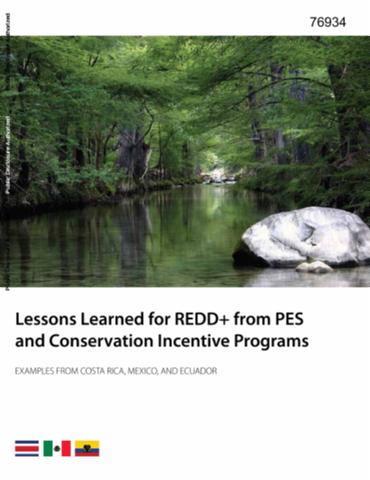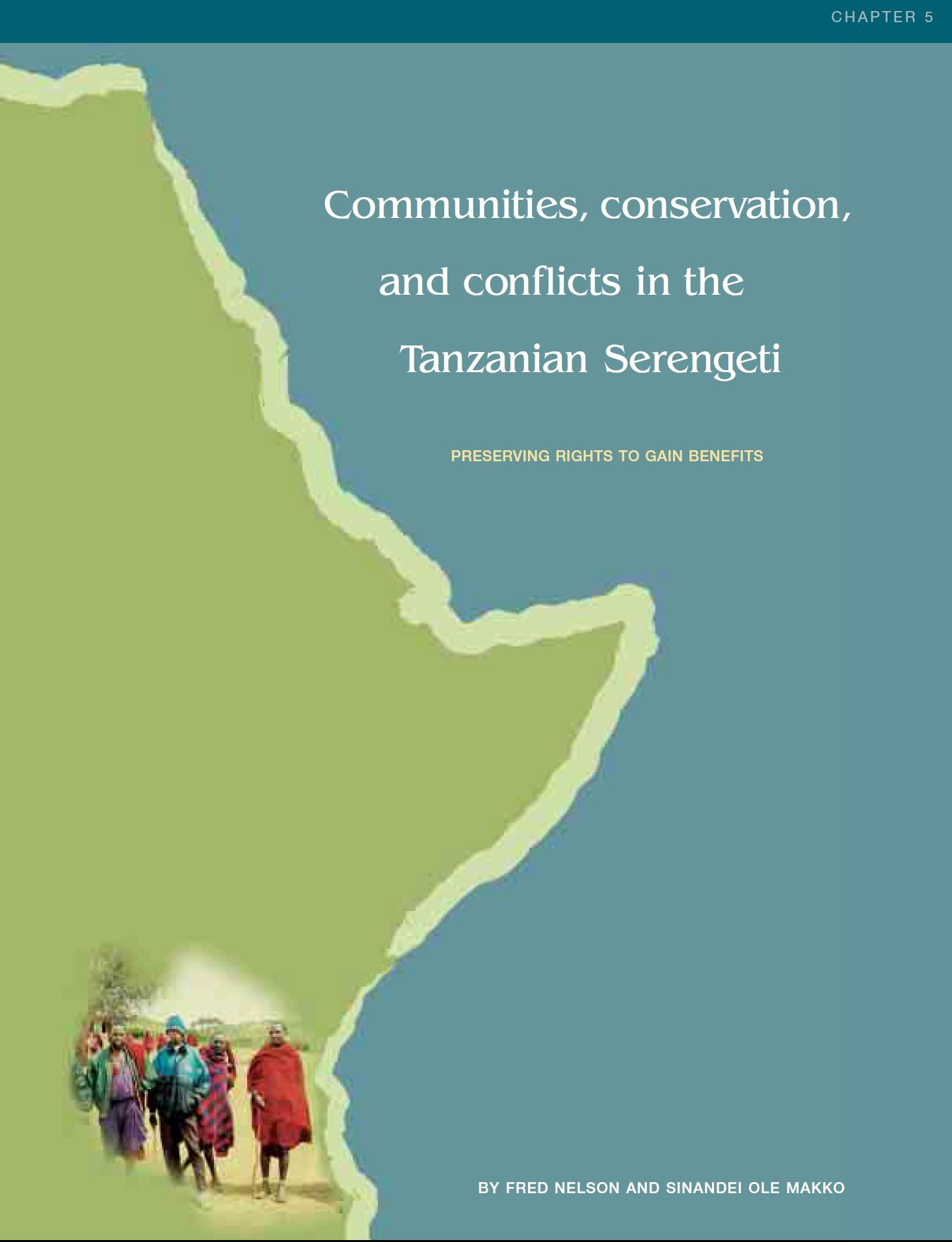Threatened access, risk of eviction and forest degradation: case study of sustainability problem in a remote rural region in India
Degradation of common pool resource (CPR) in developing countries has often been traced to high rate attached by poor people in discounting future flow of benefits, market failure, pressure on carrying capacity or sometimes property right failure. However, the concept of poorly enforced property right and particularly risk of eviction as a measure of insecurity of land tenure has not been adequately examined in the context of degradation of CPR.







